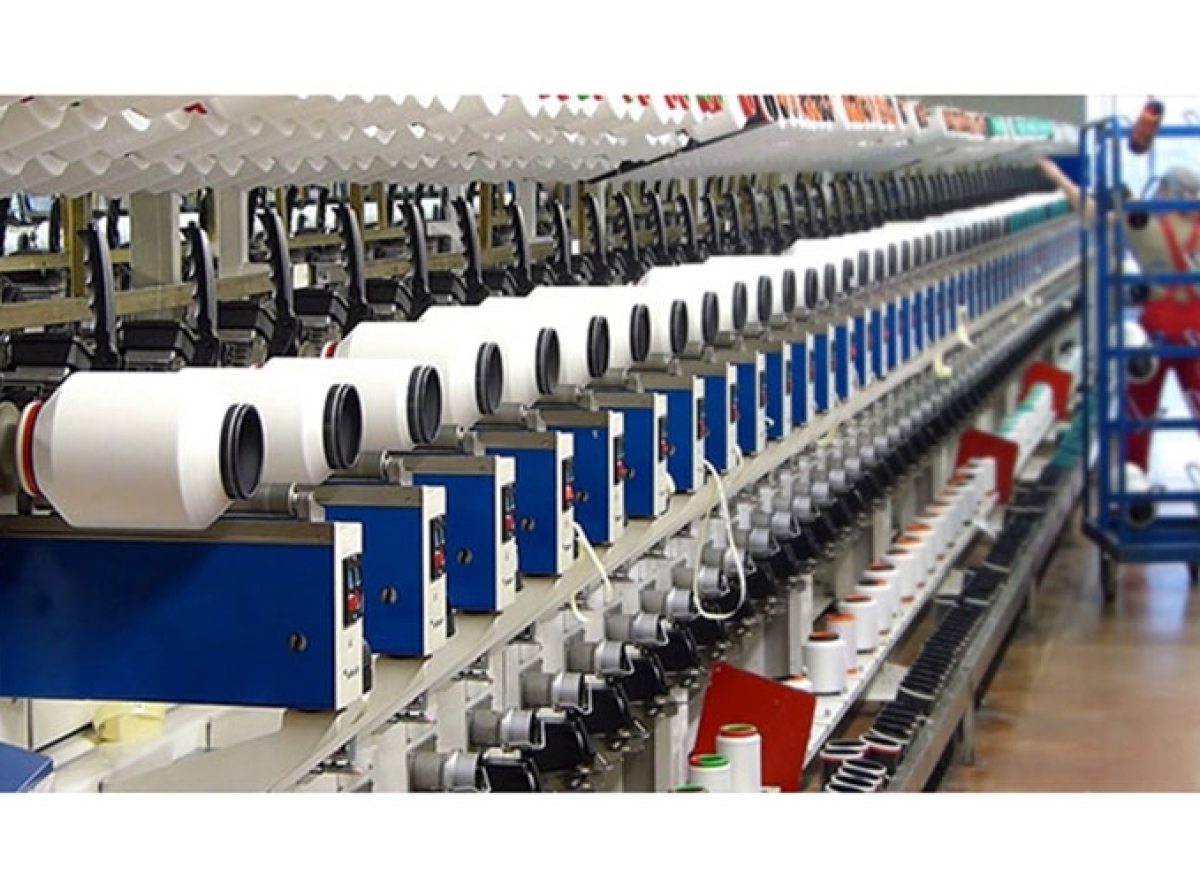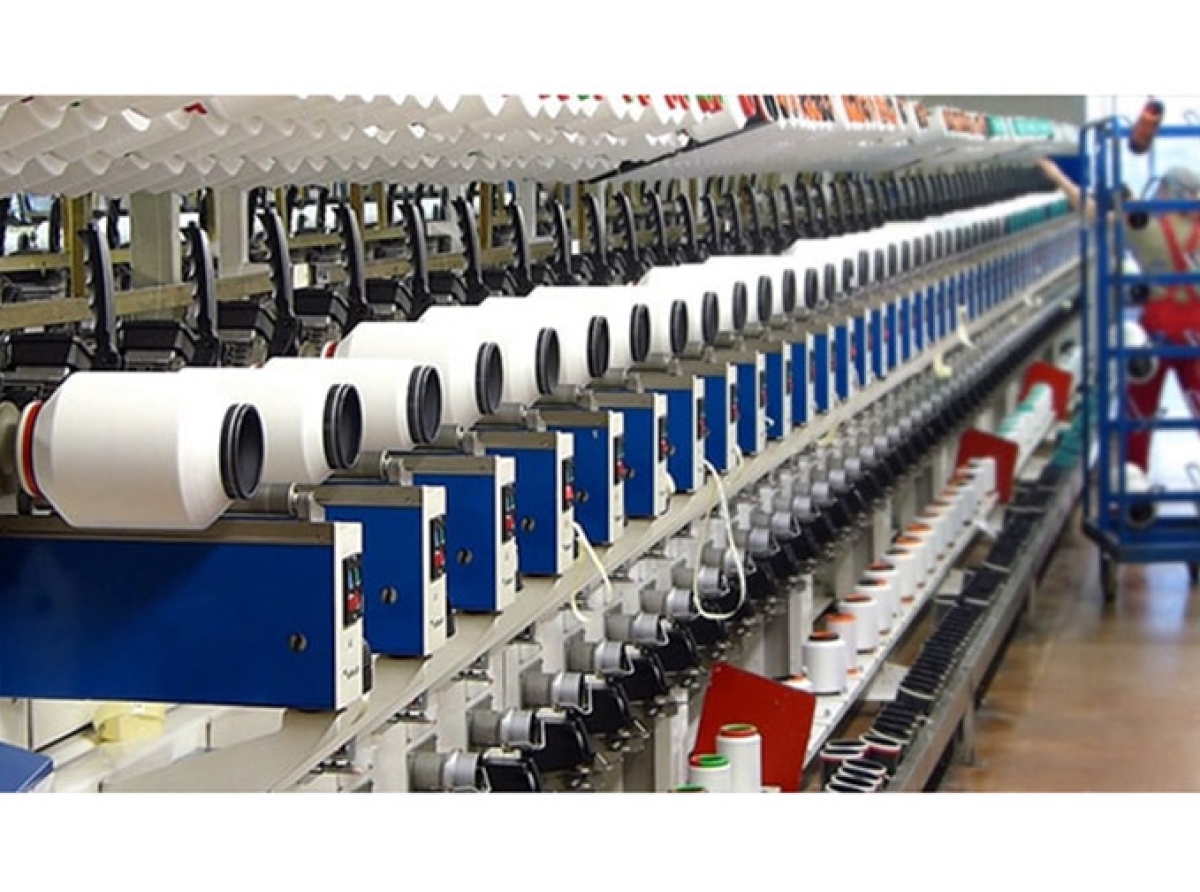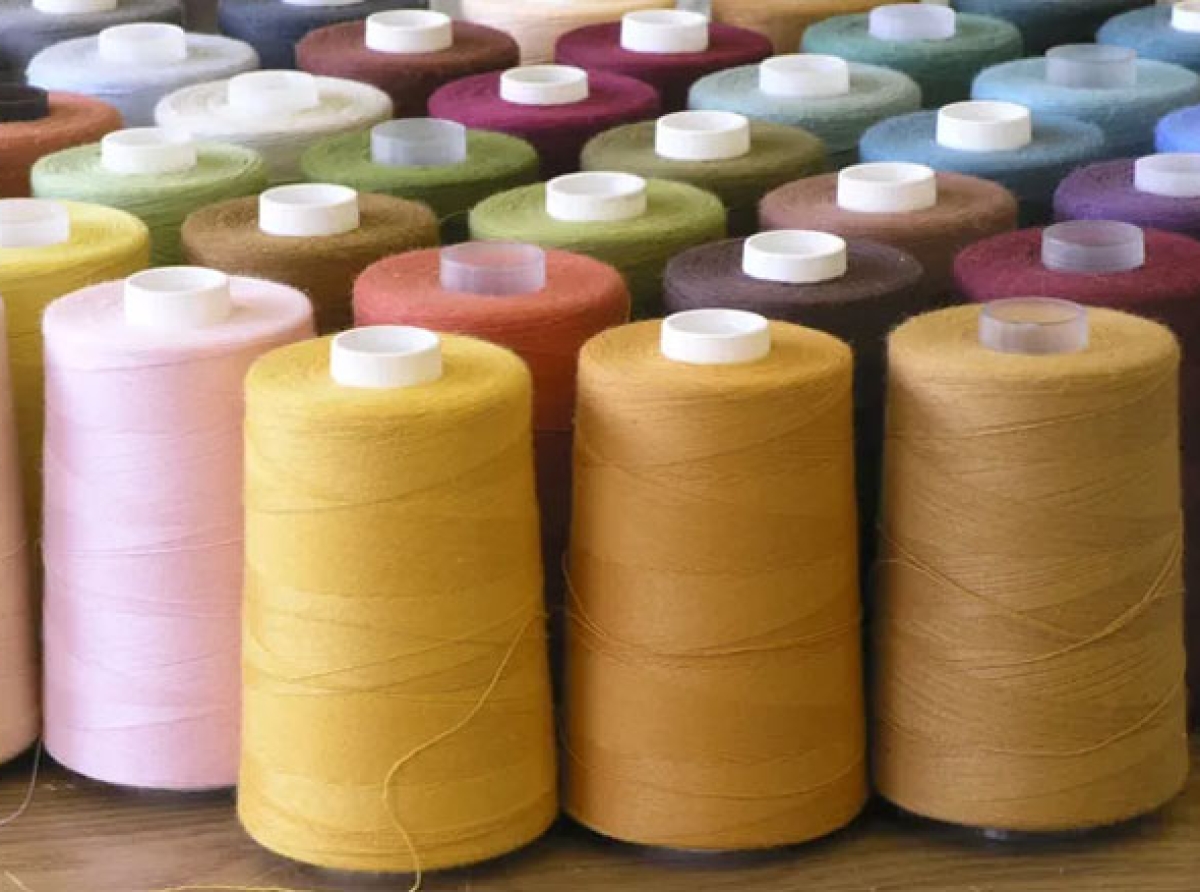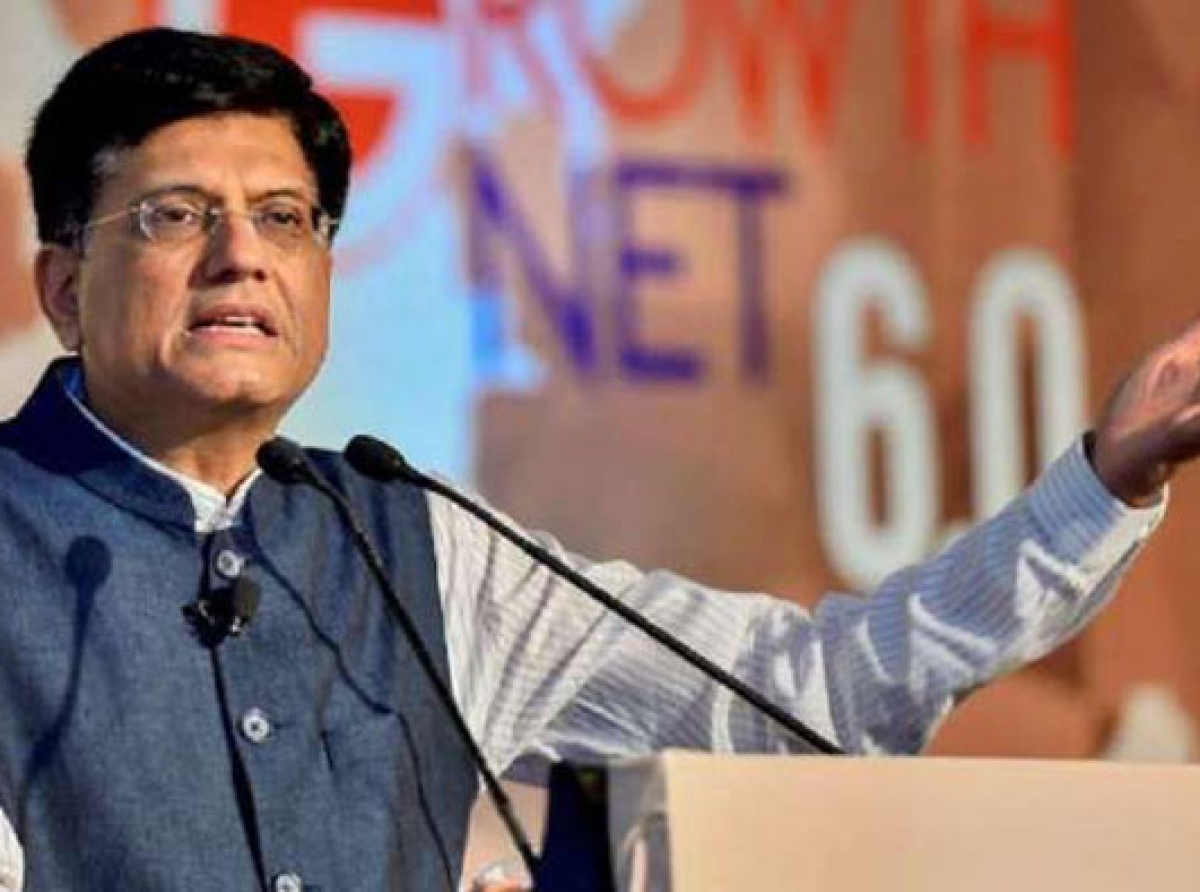How Much Is Depreciated Currency Supporting the Indian Textiles Sector

08 June 2022, Mumbai:
As the rupee plummeted to a new low of 77.47 per dollar on Monday, exporters expected the weakening domestic currency to help a wide range of industries, particularly labor-intensive ones like textiles and apparel, agriculture, footwear, and handicrafts — where margins are typically tight and services industries like IT.
The aim is a $4 billion increase in fabrics by placing India as a regional fabric hub, starting with cotton wovens and extending to other subcategories. “The three-month range of USD/INR is 75.50-77.50 and the six-month range is 74 - 80,” said IFA Global in its latest report.

The general trade belief in the textile sector is that the falling rupee will help enhance India’s competitiveness @ the global marketplace leading to increasing the export of textiles.
The devaluation will also help mitigate the impact of higher transportation costs and supply chain interruptions resulting from the Russia-Ukraine dispute.
However, for the gains to materialize, the rupee must stabilize at a depreciated level in the coming weeks and remain there for an extended time.

ALSO READ Piyush Goyal: To Hold Textile Industry Multi-Stakeholders' Meeting Today
Capital products, which are primarily imported, will also rise in price when the government is focusing more on capital investment to boost economic development. In the first ten months of this fiscal year, India imported machinery worth about $40 billion and transportation equipment worth another $13 billion, including car components.
These two groups combined accounted for 11% of the country's goods imports.

RELEVANT NEWS Consolidation Is In The Air: How Is It Affecting Textiles & Apparel Industry
The rupee was overvalued by 2.66 percent in March, compared to 4.31 percent in January, according to the RBI's real effective exchange rate (If the devaluation continues, recognized textiles expert DK Nair believes it would benefit exporters, particularly in textiles and apparel, where reliance on imported raw materials is low.
Despite slower growth in outbound shipments, the currency devaluation will help India meet its $400 billion product export objective in FY22. Almost 60% of our products commerce is conducted in dollars.
_large.jpeg)
RELEVANT NEWS Vietnam To India: How Can the Indian Textile Sector Benefit
The devaluation would assist boost exports, particularly of labor-intensive commodities like sports goods, textiles, and leather, while also protecting local industry, Ajay Sahai, director-general of the Federation of Indian Export Organizations, stated.
According to a textile exporter, currency devaluation would benefit in the near term. Still, growing input costs due to inflation and energy expenses will negate these gains over time.

However, for the gains to materialize, the rupee must stabilize at a depreciated level in the international market.
However, the genuine concern is that country could lose the currency edge as the peer currencies are also under constant pressure i.e. currencies of its competitors devaluate proportionately.
By economists' estimates In the last 10 months, the rupee's exchange rate with the dollar has fallen 8.7%, from 73.6 to 80, and sectors like textiles as per insiders operate at a wafer-thin ballpark margin of 2-3%, therefore depreciation in the rupee makes a real difference.

Join our community on Linkedin
























